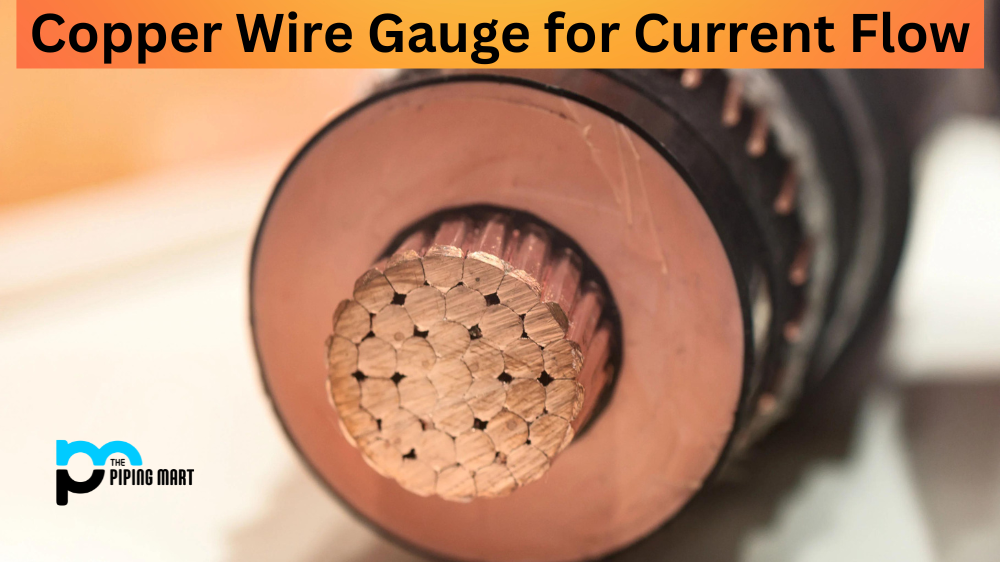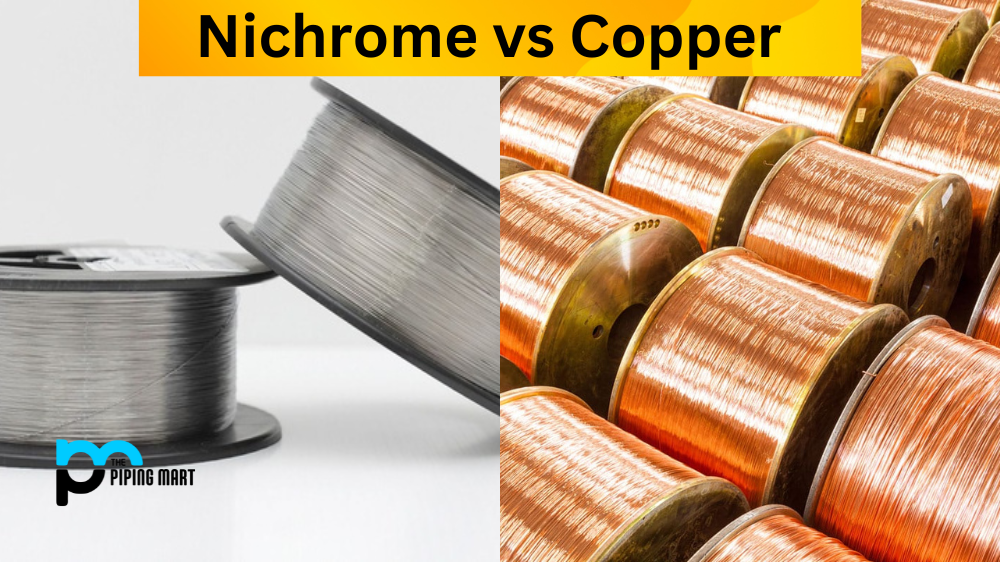When it comes to electrical wiring, the thickness of the wire you choose can have a huge impact on how much current is able to pass through it. This is because wires of different thicknesses are rated to handle different amounts of current, and if you use a wire that is too thin, it could cause your system to malfunction or even be dangerous. So, what should you consider when selecting a copper wire gauge for current flowers? Take a look.
Wire Gauge
The first thing to consider is the wire gauge. In general, the thicker the wire, the more current it can handle due to its increased capacity for heat dissipation. The American Wire Gauge (AWG) is used to measure and identify copper wire size in North America and is based on a logarithmic scale where each number represents a reduction in diameter by 10%. As such, an AWG 8 wire has twice as much current-carrying capacity as an AWG 10 wire.
Voltage Drop
Another important factor to keep in mind when selecting a copper wire gauge for current flow is voltage drop. Voltage drop occurs when there is resistance in the line due to either a long run or undersized wires and results in a lower voltage at the end of the line than what was initially applied at the beginning. To prevent this from happening, you should select larger gauge wires for longer runs as well as higher voltages and loads.
Current Capacity Tables
The easiest way to figure out which type of copper wire gauge will work best with your application is by consulting current capacity tables. These tables provide information on amperage limits based on temperature ratings and conductor sizes so that you can easily determine which type of copper wiring will be most suitable for your needs.
Conclusion:
Selecting the right copper wiring gauge for your applicatioisn’t’t always easy, but with some research and knowledge about factors such as AWG ratings, voltage drops, and current capacity tables, you can ensure that you make an informed decision. With these tips in mindyou’llll, be well on your way toward choosing a copper wiring solution that meets both your performance requirements and safety standards!
Sakshee is a talented blogger, with a particular focus on the Business and Metal Industry. She is passionate about sharing her insights on various metal products and helping professionals to make a better decisions.




